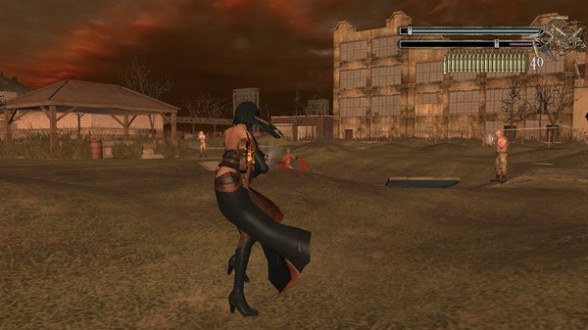
''I think it's valid from an ecological point of view to put back animals that did formerly live there,'' he told AP Television News.

''This is a very interesting experiment,'' said Adrian Lister, of the Natural History Museum in London. The project is being watched not only by climate scientists but by paleontologists and environmentalists who have an interest in ''rewilding.'' Wherever they graze ''new pastures will appear. But left alone, Zimov argues, the likes of caribou, buffalo and musk oxen multiply quickly. It would take millions of animals to change the landscape of Siberia and effectively seal the permafrost. Grass also reflects more sunlight than forests, a further damper to global warming. That helps prevent the frozen ground, or permafrost, from thawing and releasing powerful greenhouse gases. In winter, the animals trample and flatten the snow that otherwise would insulate the ground from the cold air.

Herbivores keep wild grass short and healthy, sending up fresh shoots through the summer and autumn. Tall grasses with complex root systems will stabilize the frozen soil, which is now thawing at an ever-increasing rate, he says. He believes herds of grazers will turn the tundra, which today supports only spindly larch trees and shrubs, into luxurious grasslands. Zimov is trying to recreate an ecosystem that disappeared 10,000 years ago with the end of the ice age, which closed the 1.8 million-year Pleistocene era and ushered in the global climate roughly as we know it. On Monday, negotiators representing 194 countries open a two-week conference in Cancun, Mexico, on reducing greenhouse gases to slow the pace of climate change. Most climate scientists say human activity, especially industrial pollution and the byproducts of everyday living like home heating and driving cars, is triggering an unnatural warming of the Earth. His true profession is quantum physics.Ĭlimate change is felt most sharply in the Arctic, where temperatures are warming faster than anywhere else on the planet. It's my hobby,'' says Zimov, smiling through his graying beard. Russian scientist Sergey Zimov is reintroducing these animals to the land where they once roamed in millions to demonstrate his theory that filling the vast emptiness of Siberia with grass-eating animals can slow global warming. Later, the predators will come _ Siberian tigers, wolves and maybe leopards. Moose and reindeer are here, and may one day be joined by Canadian bison and deer. So have musk oxen, hairy beasts that once shared this icy land with woolly mammoths and saber-toothed cats. Photo by AP.ĬHERSKY, Russia: Wild horses have returned to northern Siberia. Yakutian horses gather at the Pleistocene Park, a 40,000 acre wilderness in northern Siberia, Russia, where Russian scientist Sergey Zimov is trying to recreate conditions from the end of the Ice Age.


 0 kommentar(er)
0 kommentar(er)
